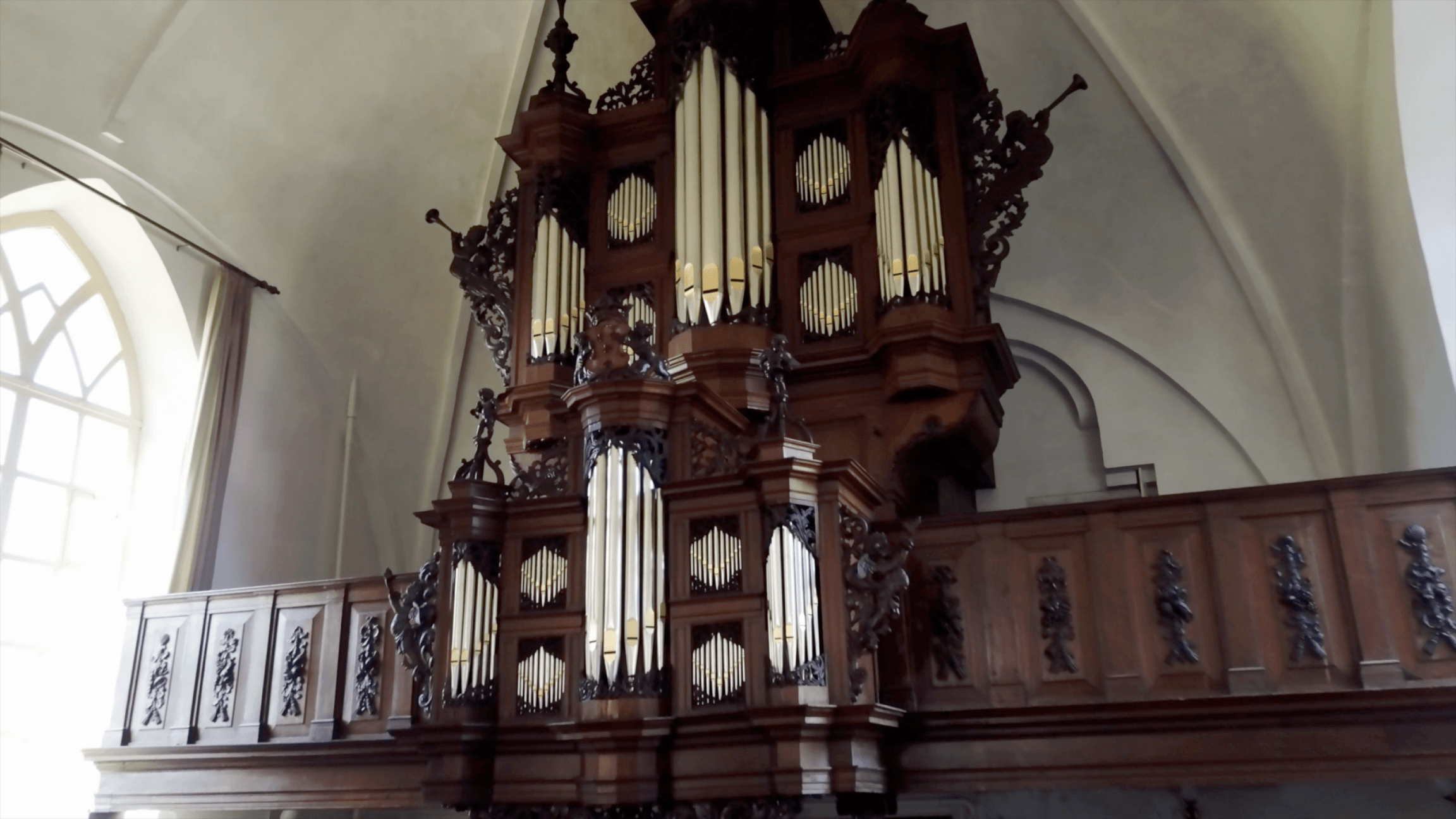Bach’s Organ Sonata No. 6 in G Major: An Etude for All Time
Today, we regard the output of J.S. Bach (1685-1750) as a fundamental pillar of Western music. As with the works of Shakespeare, Bach’s music is eternally relevant in a way which transcends cultural trends or politics. Yet, there was a time when Bach’s place in the canon seemed less assured. In the years following J.S Bach’s death, his music fell out of stylistic favor, with its triumphant revival (courtesy of figures such …







